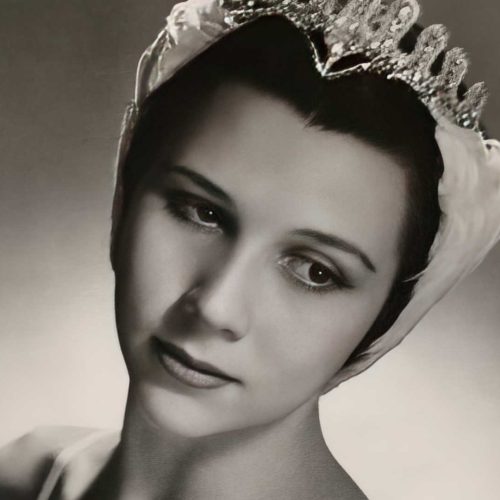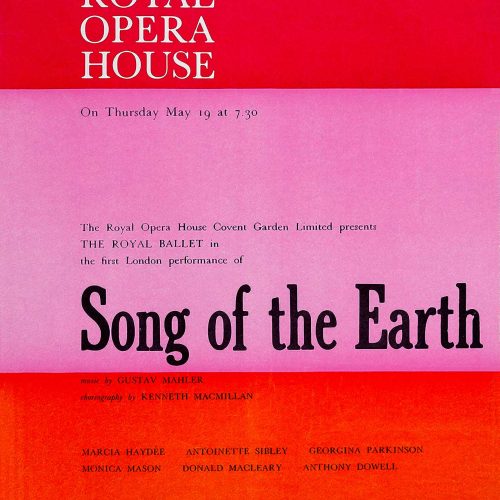In 1964, with the 400th anniversary of Shakespeare’s birth as a stimulus, Frederick Ashton created a one-act ballet based on A Midsummer Night’s Dream. In it he visualised, succinctly and brilliantly, the quarrel between the king and queen of the fairies, Oberon and Titania, the mistaken lovers, Puck, Bottom and the other ‘rude mechanicals’, but omits Theseus and the Court of Athens. The original scenery by Henry Bardon and costumes by David Walker, together with the music of Felix Mendelssohn (arranged by John Lanchbery), help set the scene for Ashton’s ingenious take on Shakespeare. Romanticism is certainly there, but it is not an ethereal, Sylphide-type romanticism. It is, rather, something much closer to Shakespeare’s own sense of treetop madness and, at times, even the earthiness of his Warwickshire fairies. Antoinette Sibley, who was the original Titania, apparently surprised and delighted Ashton with the farouche, sensual, willful and subversive quality she brought to the role. Anthony Dowell was a commanding presence as Oberon, throwing out – in the words of one critic – glints of darkness and devilry, and eventually winning Titania back with his sheer power. In the ballet Ashton succeeds in subordinating technique – of which there is plenty at a virtuoso level – to the drama, mood and beauty of his ballet.



